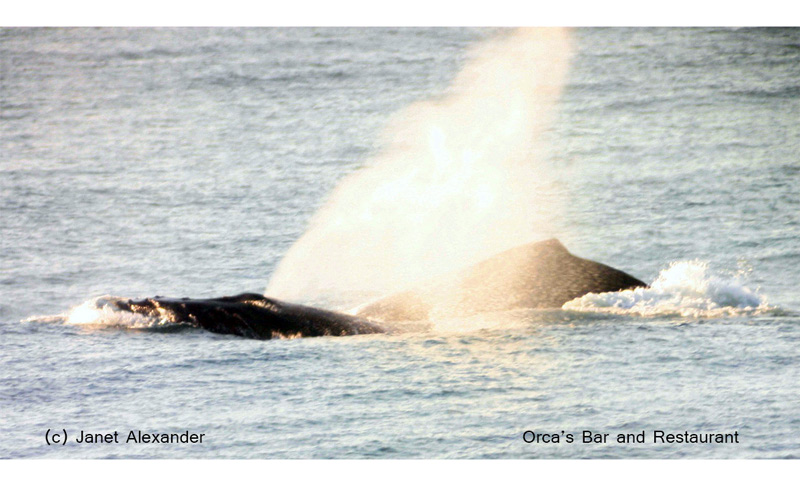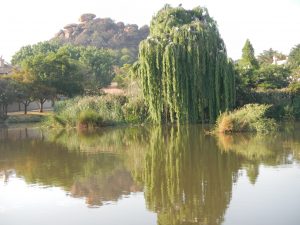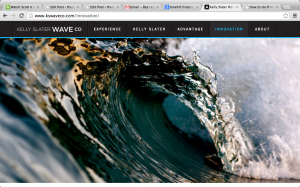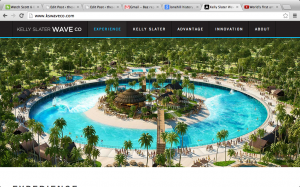
[twitchermap]
Submitted by: Danger Elliott
Report:
All the humpback whales being spotted now are all travelling determinedly south. Looking forward to their return in March or so next year. Adios Amigos!
Although from early September onwards it is all about heavy tackle for Big Marlin there as been an abundance of sailfish and even though we are not targeting them, we have caught at least one for every charter since late September.
They are just a great bonus to the excellent fishing we have been having since the start of the season…
There are still Humpback Whales being sighted on the southern KZN coast, travelling south with determination.

It sure seems, that despite the Japanese, the Humpback Whale (Megaptera novaeangliae) population is making quite a rapid comeback. Kudos to Sea Shepherd and Greenpeace! The current population in the southern oceans is about 50 000, way down from pre whaling population of 125 ooo. In 1966 Whaling was conditionally banned, and the population is making a steady recover ever since.
Their migration pattern in our southern Indian ocean is quite simple. From the icy deep southern Atlantic waters, where food is plentiful, they fill themselves up and head north for our winer. They head away from the rich waters of the southern ocean, up into the tropics, where there is a lot less marine life. Tropical waters are like a desert compared to the cold Antarctic, and this is why they come up here. To give birth to fragile calves out of the way of predators and wild winter seas.

However, they are not completely in the clear. Killer Whales, Orcas – come right up into the tropics to eat the newborn calves. This normally happens in April or so.
It’s not entirely true that there is absolutely NO food for the whales in the tropics – there is still plankton and fry. And, they eat sardines too! The calves have got kilolitres of milk to get through before the long swim back into the cold. They are weaned within a year.
Down in the southern icy waters, humpback whales feed ferociously in bursts, often teaming up to effect ingenious ways of trapping entire shoals of small fish. They work together to create a maelstrom of bubbles around and below a shoal of fish. The bubbles come to the surface, shrouding the hapless fry. Other whales stay down and herd the shoals upwards into the maelstrom of bubbles. And the humpbacks come up from the bottom in succession, mouths agape and swallowing thousands of fishies all at once!
We can expect the re-appearance of our humpback whales next year as early as March, and they then hang around until October.
Bon Voyage!
“Sometimes, thesardine.co.za has to venture inland. Even as far inland as The Big Smoke – Johannesburg. But it’s not all traffic and trouble…the fishing is actually loads of fun, as this papgooi showdown played out at the Lonehill Dam demonstrates.”
The Lonehill Koppie in Gauteng stands tall as a significant and historical landmark. It is one of the finest archeological sites in Africa being the custodian of artefacts and evidence of communities living there as far back as the 1600’s and earlier. Presumably the San or Bushmen occupied the site on which there is a large furnace below ground. It was most likely used to make cement from the ferricrete found all over the area. The koppies is made up of Tor rocks, which are weathered out veins that leave these huge rocks stacked up against one another.

During the Anglo-Boer war, it is reported, that a Dutch Squadron were trapped on Lonehill by the British. As the siege waged on, the Dutchmen’s bullets were running low, so they ingeniously started dislodging the huge rocks and raining them down over the Redcoats. It was a good tactic, typical of the guerilla warfare style the Dutch invented in that struggle, but it was not enough. With numbers, the British won over Lonehill Koppie.
To today. Just north of Lonehill Koppie, is Lonehill Loch…the scene of yet another epic battle.


The first wave pools were a bit of a joke but they certainly inspired some great thinking, and along the right lines.
There is a bit of debate as to who thought up the foil idea. The first I heard was Kelly Slater dragging one behind a marlin boat and jacking up a huge wake that was well surf-able.

But a chap named Webber in Australia has been conducting experiments for years and seems to have thought up the circular shaped pool with foil generated waves that continue around it forever!

The foil is dragged along by machinery on a rail and the wave can be customised in many ways. Speed, and then most importantly, size. At the moment the waves are breaking absolutely perfectly at about 2ft or less, which translates to about a metre face in normal speak. Coupled with a tailor shaped bottom that doesn’t shift or change with the tides, a super fast and hollow breaking wave is created. It’s enough to launch the likes of Gabriel Medina in all directions and with more horsepower, the waves will just get bigger and bigger, and the airs higher and higher.
So far there has been one built in Spain and a smaller one in Snowdonia.
Here it all is on video…and the official Wavegarden website.
And the Kelly Slater project…here.
Click here for older story with the BBC…
Or watch this newer piece of spin…
Watch this video featuring three pro surfing chicks ripping it up…
So at the end of 2015, Britain’s installation in Wales, will be producing2 or even 3 metre waves!!! All day long! And all night too hopefully!